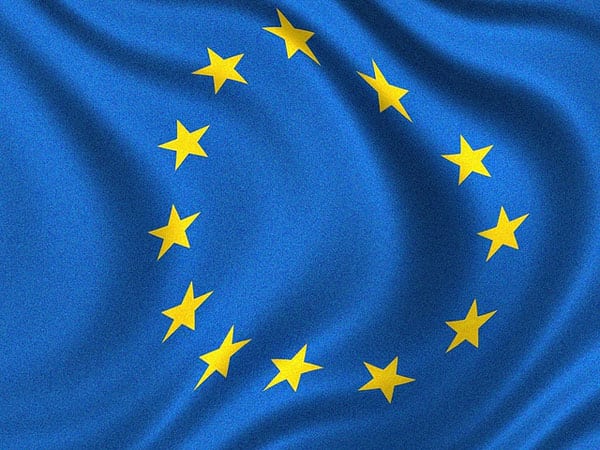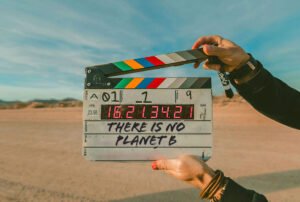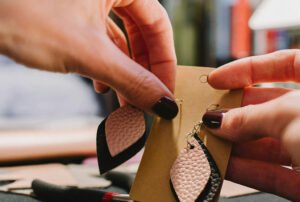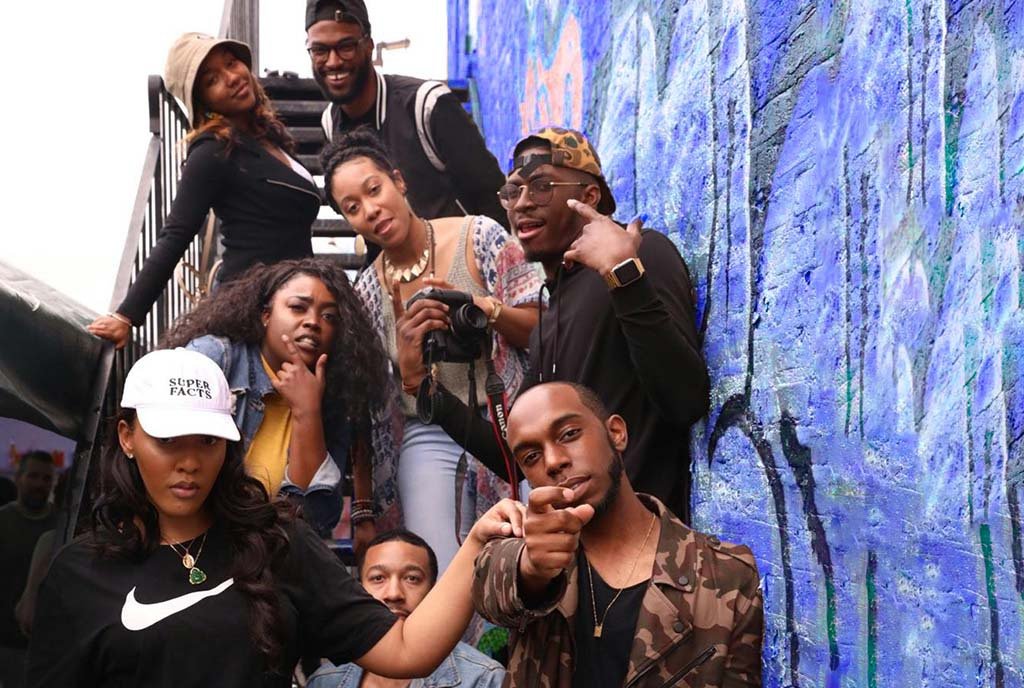
May 29, 2018; New York Times
It’s an idea that strikes fear into the heart of nonprofit leaders everywhere—and no, it’s not strategic planning. The dreaded call for “rebranding” can be a tricky, expensive undertaking, even for the private sector. So how would the process help the 28 states that make up the European Union?
Two years after the infamous Brexit vote that shook the Union, the EU continues to face challenges to future cooperation. In Hungary and Poland, authoritarian leaders are promoting illiberal democracy and cracking down on civil society, and the possibility of a new populist government in Italy that’s anti-Euro has been roiling global markets.
Could citizens at the center of civil society—artists—shape the resistance? Two European artists are leading an initiative to rebrand the European Union and promoting cooperation and friendship.
As Nina Siegal reports for the New York Times, German photographer Wolfgang Tillmans and Dutch architect Rem Koolhaas received more than 400 rebranding proposals from 43 countries.
“Starting Thursday, about 30 of those who submitted the liveliest ideas will participate in Eurolab, a four-day event led by Mr. Tillmans, Mr. Koolhaas and the architectural historian Stephan Petermann during the Forum on European Culture in Amsterdam,” Siegal wrote. “Yoeri Albrecht, one of the forum’s organizers, described Eurolab as ‘a kind of jam session for the greatest cultural thinkers in Europe to tinker and work with the idea.’”
Sign up for our free newsletters
Subscribe to NPQ's newsletters to have our top stories delivered directly to your inbox.
By signing up, you agree to our privacy policy and terms of use, and to receive messages from NPQ and our partners.
Although some of the ideas were innovative and imaginative—a unisex jacket that could be used as a ticket for public transportation across the EU—others were more pointed, including a poster advocating for protecting the EU against nationalism.
However, the organizers are also hoping to reimagine the very idea of cooperation. Although the European Union has a communications department, the organizers want the cultural sector to have a bigger part to play in the narrative. Laudably, it appears that both sides want to learn from the exercise.
“The European Union communication department is primarily tasked with informing member states and journalists about legislation and political initiatives,” Siegal wrote. “It has recently introduced a campaign called ‘EU and Me’ to help younger Europeans learn how they benefit from the union.…Carolien Peeters, a project adviser on that campaign, said that she and other officials planned to attend Eurolab, adding that she hoped to leave with new perspective and inspiration.”
There are also some valuable lessons here for the nonprofit sector. Although rebranding can’t necessarily fix an organization’s reputation—look at the Livestrong Foundation—it can be valuable to thoughtfully explore the vision behind the mission as the global and local political, economic, and cultural climates shift.
Most importantly, be inclusive. As the EU artists noted, much of the rhetoric around the union’s future represents a limited perspective. As Albrecht told the Times, “If Europe is a culture in which traditionally artists, philosophers and writers have pointed the way forward, how are these people going to be heard? One of the problems with Europe today is that there’s hardly any place where real artists are given a place to talk about the future of the Continent and its culture. It’s a black hole in the heart of the European project.”—Anna Berry













